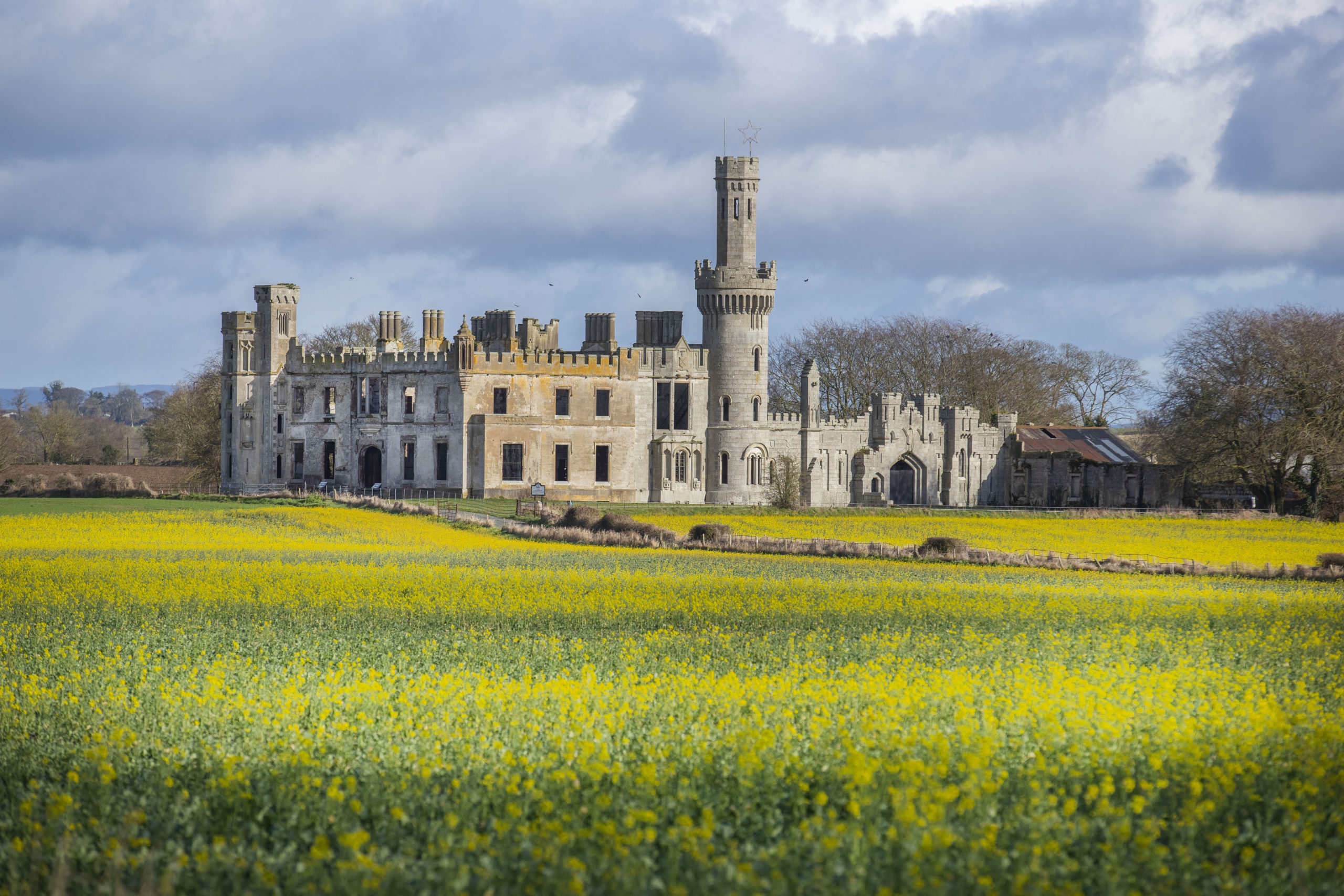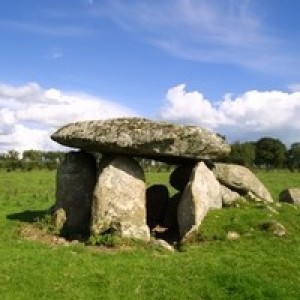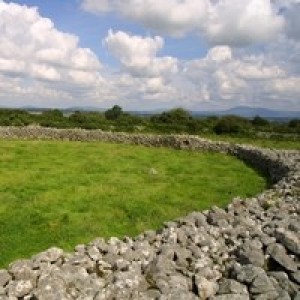March 4, 2012
Duckett’s Grove, the 18th, 19th and early 20th century home of the Duckett family, was formerly at the centre of a 20,000 acre (8,093 hectares) estate that has dominated the Carlow landscape for over 300 years. Even in ruin, the surviving towers and turrets of Duckett’s Grove Walled Gardens and Pleasure Grounds form a romantic profile making it one of the most photogenic historic buildings in the country and a castle in Ireland to visit.



